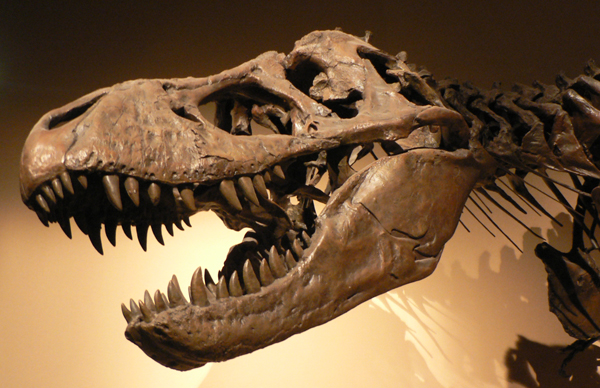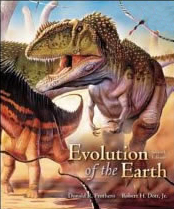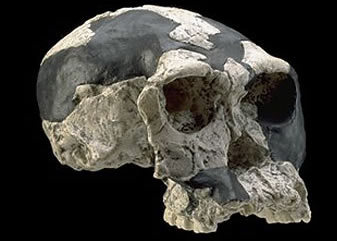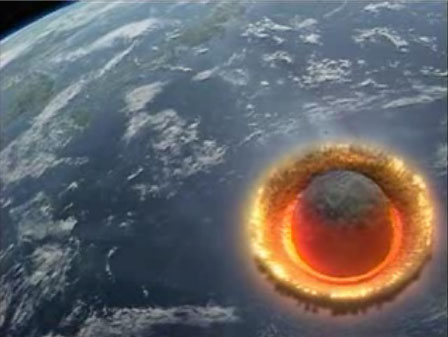
| |
| Prof. Garver |
| Env. Science & Policy |
| Geosciences |
| Field Science at Union |
| Union |
| Change is certain... |
Climate change, natural resources, evolution of life, global catastrophes, tectonic collisions. We live on a dynamic ever-changing planet. The Earth and Life Through Time (GEO 120) is a survey of the history of the Earth that is focused on the fundamental changes in the physical and biological world through time. Much of this course is designed around the basic principles of stratigraphy and sedimentology. Without the stratigraphic record our understanding of the history of the earth would be limited. So, we learn about basins, and how sediments fill basins, and then how to read that sedimentary record. Sedimentary basins contain some of the most important economic resources on the planet: Oil, gas, coal, and uranium, not to mention the history of life. The approach to this course is to emphasize the methods, problems and ambiguity associated with studies of the Earth's history. Considerable time is spent discussing competing hypotheses for different problems and ways in which geoscientists may solve those problems. The fundamentals learned in the first half of the course are integrated into several comprehensive exercises that bring together many basic principles of stratigraphy, sedimentology, structural geology, and tectonics. This course is designed as an introduction to sedimentary geology and it has no pre-requisites. Who should take this course? ...everyone who is a citizen of Planet Earth. This course is an important course for the major in the Geosciences because it involves the study of deep time (millions of years). It is an excellent introduction to the history of life for Biology majors. Students interesting in getting a background in basins (oil, coal, gas) and climate change will find this course useful. This course satisfies GEN ED (SCLB) and, like all Introductory courses in the Geosciences, it has no prerequisites. Offered: Every WINTER Term |
Textbook:

Evolution of the Earth (Paperback)
by Donald R. Prothero (Author), Jr., Robert H. Dott (Author),
ISBN-10: 0072528087
ISBN-13: 978-0072528084
| Where are we going today? | ||
|
||


